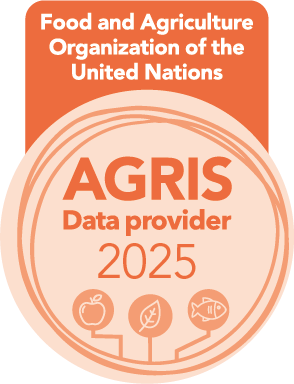Gestational Diabetes Mellitus
DOI:
https://doi.org/10.54393/df.v2i2.18Abstract
Gestational diabetes mellitus (GDM) refers to chronic hyperglycemia during pregnancy in women with no diabetic history before pregnancy. As per the surveys it is estimated that gestational diabetes affects 16% of pregnancies worldwide. This percentage is increasing day by day. Most of the cases of GDM suffer from glucose intolerance because of impaired pancreatic β-cell during pregnancy. Although GDM vanishes after delivery but may cause fetal macrosomia, type-2 diabetes, and maternal CVD are some of the main outcomes of gestational diabetes. In the long-term effect of GDM, a child may suffer from obesity, type-2 diabetes as well as heart diseases at later ages [1].
Several factors work as a root cause of GDM like pregnancy after 35 years of age, genetic history of diabetes, obesity, nutrients deficiency (especially micronutrients), and high consumption of western diet. Gestational diabetes opens ways for diabetes and obesity from generation to generation. At present time, under advanced medical technologies, we still have no instant procedure for treating gestational diabetes completely except modifying diet and physical activity to maintain GDM till delivery. Oral medications of gestational diabetes work well but can cause long-term health issues in both mother and child. To manage these consequences of GDM and to develop the latest strategies it is important to understand gestational diabetes from its roots [2-3].
Public health researchers and clinicians are highly concerned about the alarming situation of the increased number of gestational diabetes all over the world. This condition is directly causing economic crisis as well as declining health conditions of the vast number of populations. Due to the lack of treatments for GDM, researchers often debate upon several interventions to treat gestational diabetes mellitus. The main concern for researching GDM is higher complications during pregnancies due to gestational diabetes. These complications include higher chances of C-sections, shoulder dystocia in case of vaginal delivery, and more chances that the infant is born with a hypoglycemic condition. Medical petitioners often recommended oral glycemic control medications, healthy weight management, and exercise to females diagnosed with GDM but, these strategies are not enough. It is mandatory to rule out more possible causes and indicators of gestational diabetes mellitus before it appears. It is a need of hours to upgrade strategies and interventions to protect future generations from the outcomes of GDM. It can only be possible with advanced research, experiments and surveys so we can play a potent role in developing emerging techniques for the best possible treatment of gestational diabetes mellitus for future generations [4].
References
Plows JF, Stanley JL, Baker PN, Reynolds CM, Vickers MH. The pathophysiology of gestational diabetes mellitus. International journal of molecular sciences. 2018 Nov;19(11):3342 doi: 10.3390/ijms19113342
Feig DS, Moses RG. Metformin therapy during pregnancy: good for the goose and good for the gosling too?. Diabetes care. 2011 Oct 1;34(10):2329-2330. doi: 10.2337/dc11-1153.
Castillo WC, Boggess K, Stürmer T, Brookhart MA, Benjamin DK, Funk MJ. Association of adverse pregnancy outcomes with glyburide vs insulin in women with gestational diabetes. JAMA pediatrics. 2015 May 1;169(5):452-458. doi: 10.1001/jamapediatrics.2015.74.
Chiefari E, Arcidiacono B, Foti D, Brunetti A. Gestational diabetes mellitus: an updated overview. J Endocrinol Invest. 2017 Sep;40(9):899-909. doi: 10.1007/s40618-016-0607-5.
Downloads
Published
How to Cite
Issue
Section
License
Copyright (c) 2021 DIET FACTOR (Journal of Nutritional & Food Sciences)

This work is licensed under a Creative Commons Attribution 4.0 International License.
This is an open-access journal and all the published articles / items are distributed under the terms of the Creative Commons Attribution License, which permits unrestricted use, distribution, and reproduction in any medium, provided the original author and source are credited. For comments












